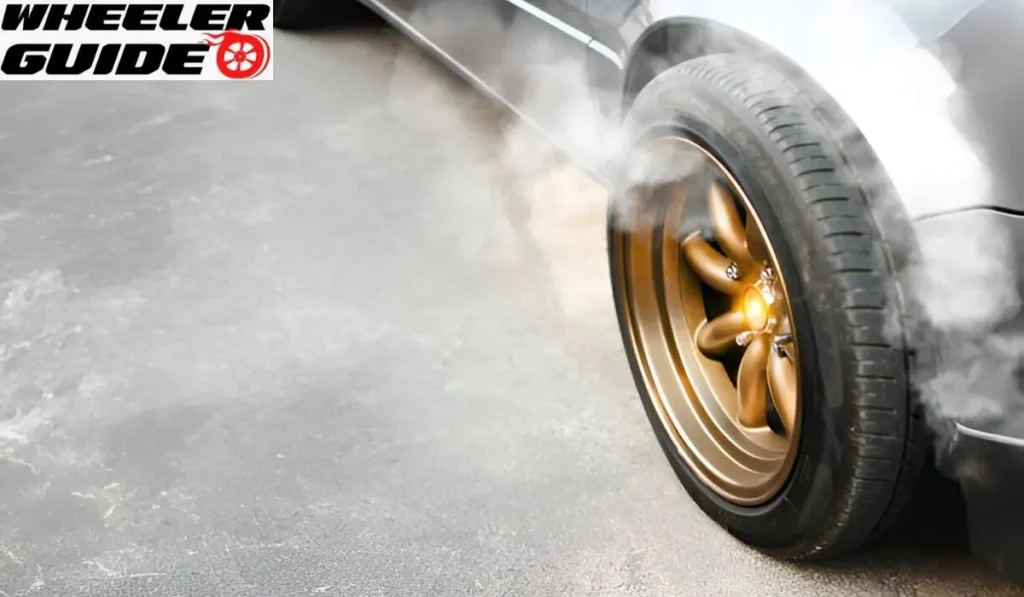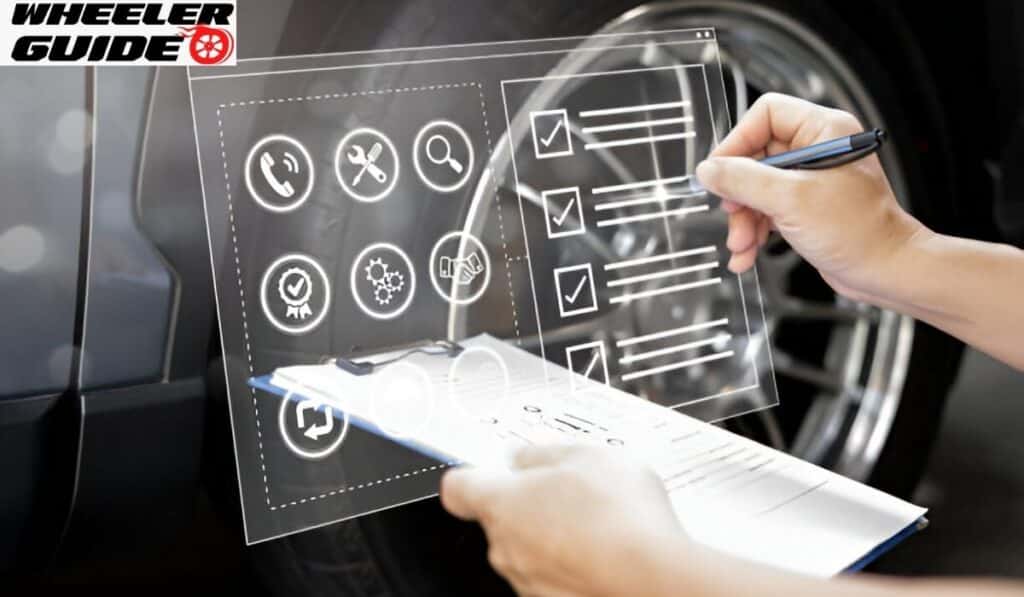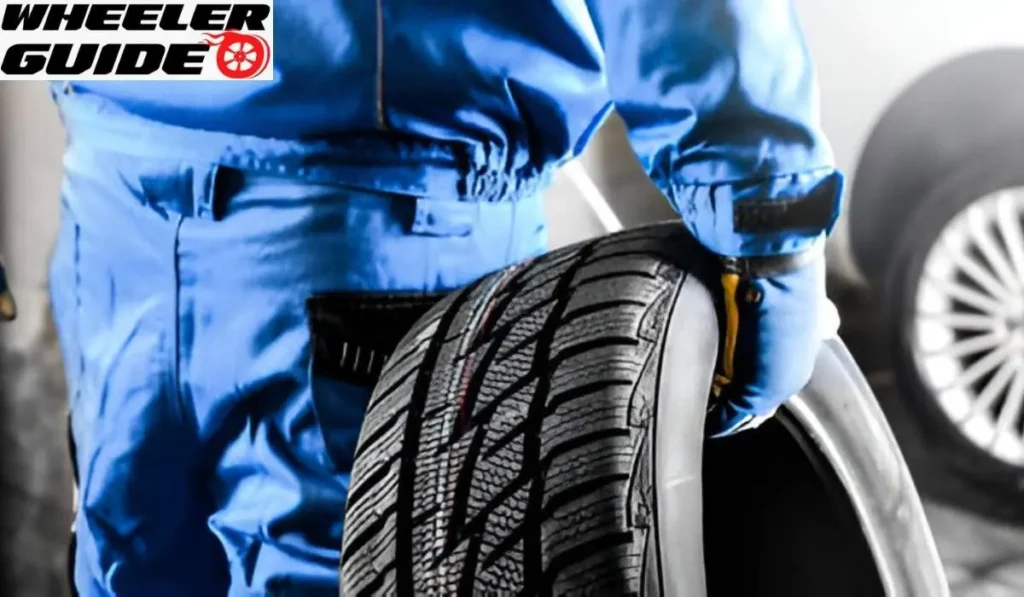Tire blowouts can be scary and dangerous. They happen when a tire suddenly loses air and falls apart while you’re driving. Tire blowouts can be caused by many things, like not enough air in the tires, too much weight on the car, bad roads, or old tires.
Knowing what causes blowouts can help drivers avoid them. There are also steps to take if a blowout happens. This article will cover the main reasons tires blow out and what to do to stay safe on the road.
Causes Of Tire Blowouts
Tire blowouts can happen suddenly and create dangerous driving situations. Understanding what leads to these failures helps drivers stay safe on the road.
1. Underinflation
Underinflated tires create extra friction and heat. This weakens the tire structure over time. Low air pressure causes the tire’s sidewalls to flex more than designed. The increased flexing builds up heat quickly. Hot tires are more likely to fail, especially at high speeds. Check tire pressure monthly and before long trips.
How to fix:
- Use a tire pressure gauge regularly. Fill tires to the pressure listed in your car’s manual or door jamb sticker.
- Consider getting a tire pressure monitoring system for real-time alerts.
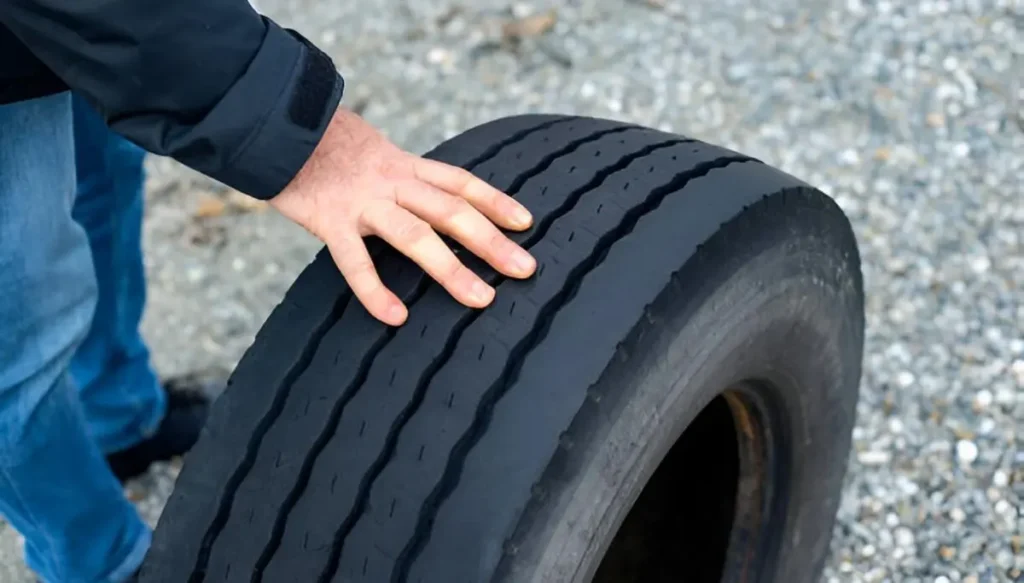
2. Overinflation
Overinflated tires can also lead to blowouts. Too much air makes tires stiff and less able to absorb road impacts. The center of the tread wears faster on overinflated tires. This creates weak spots prone to punctures. Overinflation also reduces traction, making it harder to control the vehicle.
How to fix:
- Check tire pressure when tires are cold. Don’t rely on visual inspection.
- Release air if pressure is above the recommended level. Recheck after driving to ensure proper inflation.
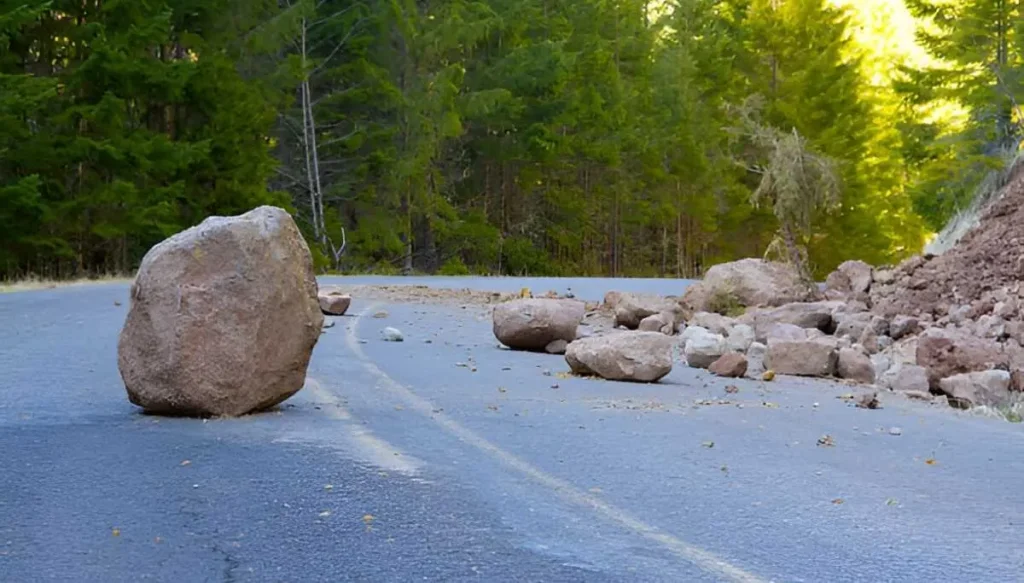
3. Road Hazards
Sharp objects on the road can cause immediate or delayed tire damage. Potholes, nails, and debris are common culprits. Hitting curbs or other obstacles can create internal tire damage. This may not be visible right away. Extreme temperature changes can also stress tires, leading to failure.
How to fix:
- Stay alert for road hazards and avoid them when possible. Inspect tires regularly for cuts, bulges, or embedded objects. Remove any debris stuck in the tread.
- Have a professional check tires after hitting large potholes or curbs.
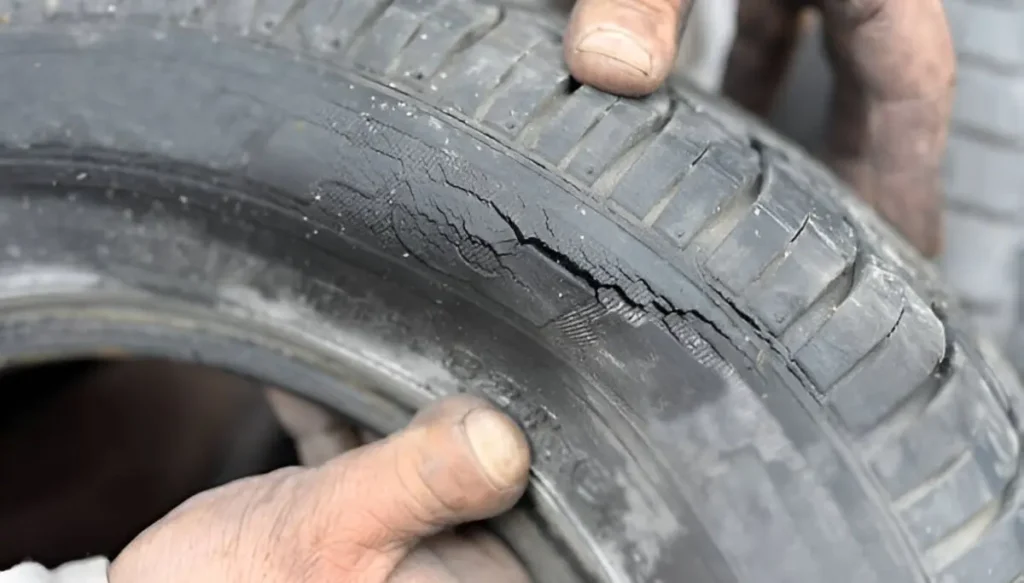
4. Excessive Wear
Worn tires are more likely to fail. Bald tires have less rubber to protect against punctures and heat buildup. Uneven wear patterns can create weak spots in the tire. These areas are prone to sudden failure. Old tires, even with good tread, can be dangerous. Rubber degrades over time, becoming brittle and weak.
How to fix:
Check tread depth regularly using the penny test or tread wear indicators. Rotate tires according to the manufacturer’s schedule. Replace tires older than 6 years, regardless of tread depth.
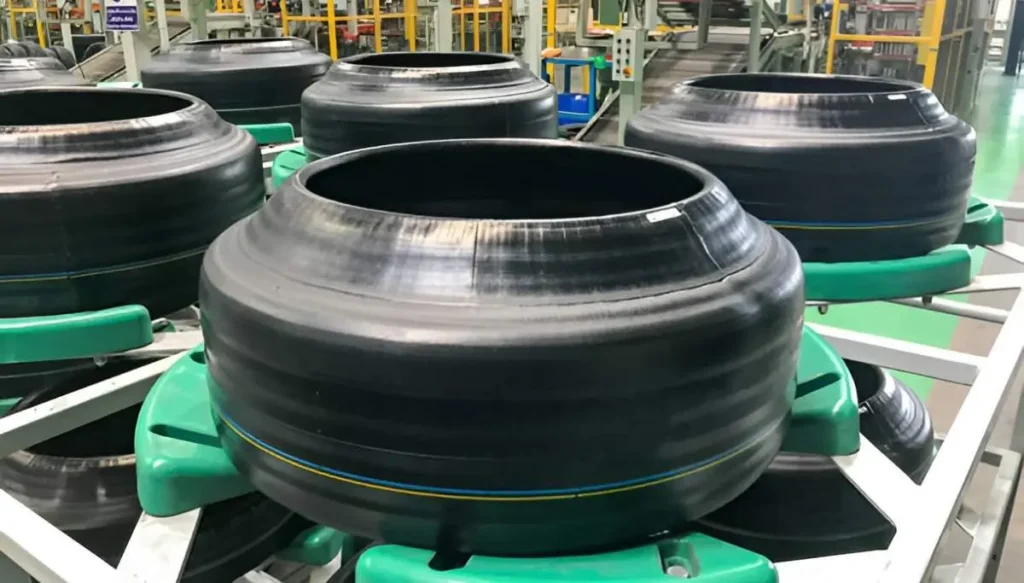
5. Manufacturing Defects
Sometimes tires fail due to problems in the manufacturing process. Defects can occur in the materials or during assembly. These issues may not be apparent until the tire has been used for some time. Recalls are issued for serious defects.
How to fix:
- Register new tires with the manufacturer to receive recall notices. Check the NHTSA website periodically for tire recalls.
- Have unusual tire wear or performance issues checked by a professional.
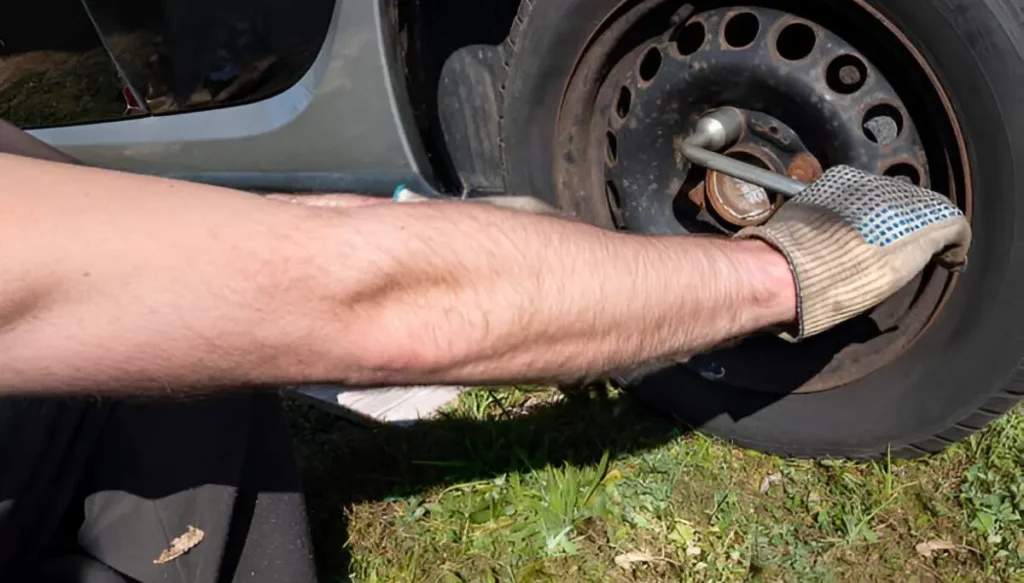
6. Improper Installation
Incorrect mounting or balancing can lead to tire failure. Damage during installation may not be immediately visible. Using the wrong size or type of tire for a vehicle can cause stress and eventual blowouts.
How to fix:
- Have tires installed by trained professionals. Double-check that the new tires match the specifications of your vehicle.
- Pay attention to any vibrations or handling issues after tire installation.
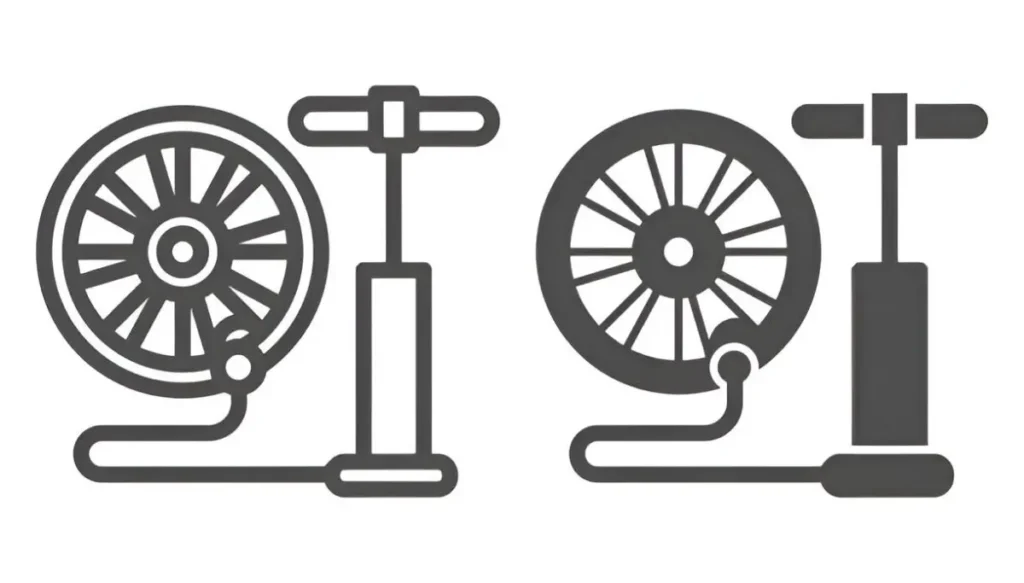
7. Overloading
Exceeding a vehicle’s weight capacity puts extra stress on tires. This can lead to heat buildup and sudden failure. Overloaded tires flex more than normal, weakening their structure over time. Tire pressure needs to be adjusted for heavy loads to maintain proper inflation.
How to fix:
- Know your vehicle’s weight limits, including passengers and cargo. Increase tire pressure (within limits) when carrying heavy loads.
- Consider upgrading to tires with a higher load rating for frequent heavy use.
How To Fix Tire Blowouts
Tire blowouts can be dangerous, but there are steps you can take to prevent them. Proper care and maintenance of your tires are key to avoiding these potentially hazardous situations.
1. Regular Maintenance
Regular tire maintenance is crucial for preventing blowouts. Check your tires monthly for signs of wear or damage. Look for cracks, bulges, or objects stuck in the tread. Underinflation is a leading cause of blowouts. Use a reliable pressure gauge to check tire pressure when tires are cold.
Rotate your tires every 5,000 to 8,000 miles to ensure even wear. This helps prevent weak spots that could lead to a blowout. Balance your wheels regularly. Unbalanced wheels can cause uneven tire wear, increasing the risk of a blowout. Have your alignment checked annually or if you notice your vehicle pulling to one side. Poor alignment can cause uneven tire wear.
2. Proper Inflation
Keeping your tires properly inflated is critical to preventing blowouts. Underinflated tires flex more, generating heat and increasing the risk of failure. Check your tire pressure at least once a month. The correct pressure is listed in your vehicle’s manual or the driver’s side door jamb.
Don’t rely solely on visual inspection. A tire can lose up to half its air pressure before it looks flat. Tire pressure monitoring systems can help alert you to low pressure, but they’re not a substitute for regular checks. Adjust tire pressure for changes in temperature and altitude. Pressure can drop about 1 PSI for every 10°F decrease in temperature.
Don’t overinflate your tires. This can make them more susceptible to damage from road hazards.
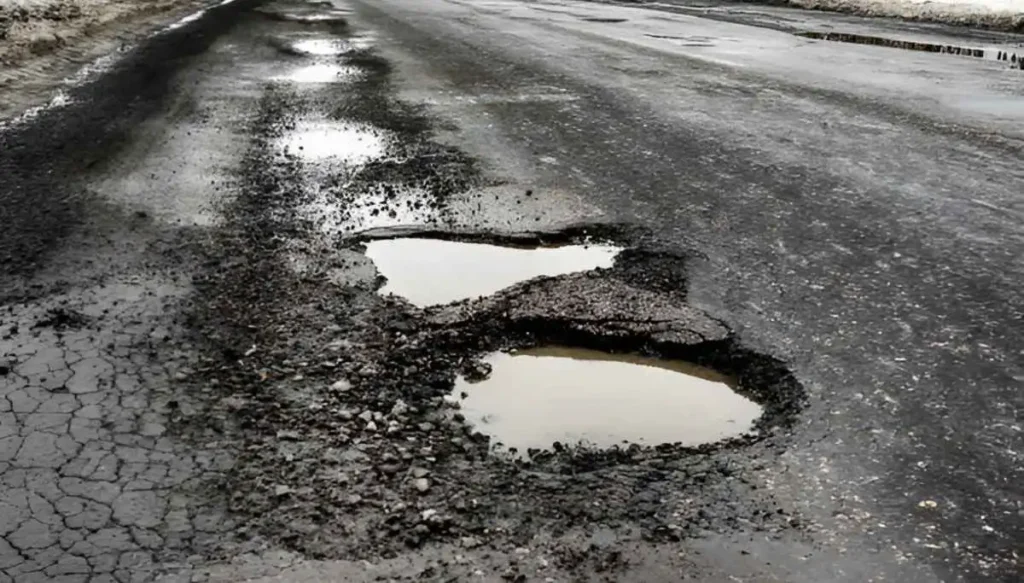
3. Avoiding Road Hazards
Road hazards can cause immediate tire damage or weaken tires, leading to future blowouts. Stay alert while driving to spot and avoid potential dangers. Slow down when approaching potholes. If you can’t avoid them, drive over them slowly to minimize impact.
Be cautious of debris on the road. Items like nails or broken glass can puncture tires. Avoid driving on shoulder areas where debris often accumulates. If you must pull over, do so carefully.
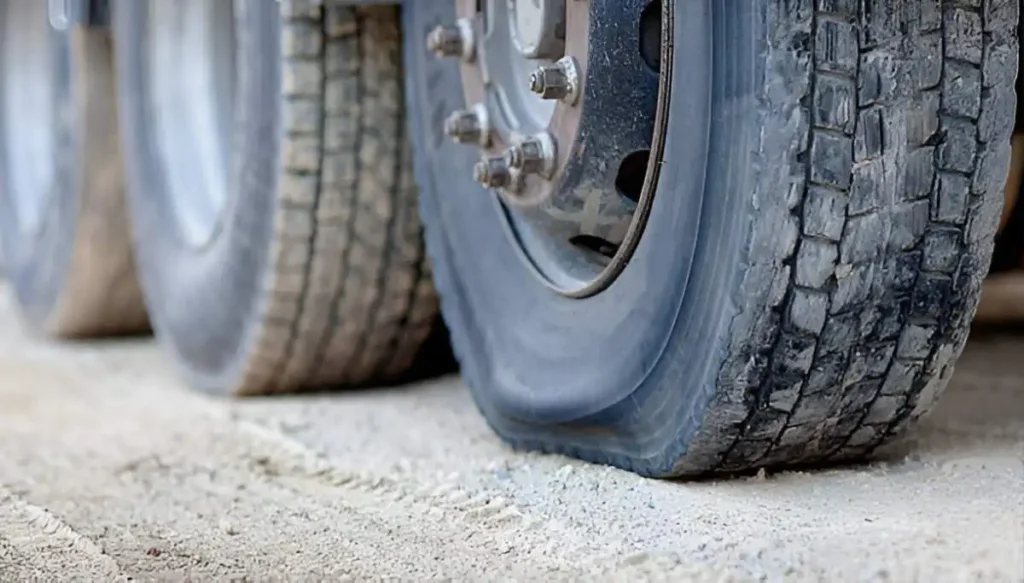
4. Replacing Worn Tires
Worn tires are more prone to blowouts. Replace your tires before they become dangerously worn.
Use the penny test to check tread depth. Insert a penny into the tread with Lincoln’s head upside down. If you can see all of Lincoln’s head, it’s time for new tires.
Replace tires when the tread depth reaches 2/32 of an inch. Some states require this by law. Refrain from mixing tire types or sizes on your vehicle. This can lead to handling issues and increased wear.
Consider replacing all four tires at once for optimal performance and safety. When buying new tires, choose ones that match your vehicle’s specifications and your driving needs.
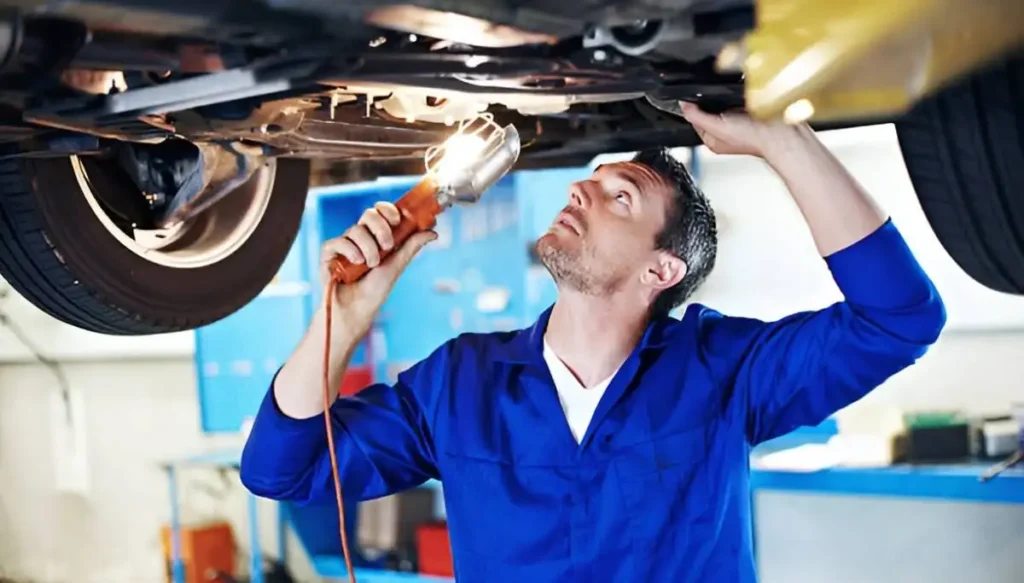
5. Checking For Defects
Tire defects can lead to unexpected blowouts. Regularly inspect your tires for signs of trouble. Look for bulges or blisters on the sidewall. These indicate a weak spot in the tire that could lead to a blowout.
Check for uneven wear patterns. This could signal alignment issues or other problems. Inspect your tires for cuts, cracks, or splits. Even small damage can worsen over time and cause a blowout.
Pay attention to vibrations while driving. This could indicate tire damage or balancing issues. If you notice any defects, have your tires inspected by a professional immediately. Don’t ignore your vehicle’s tire pressure monitoring system warnings.
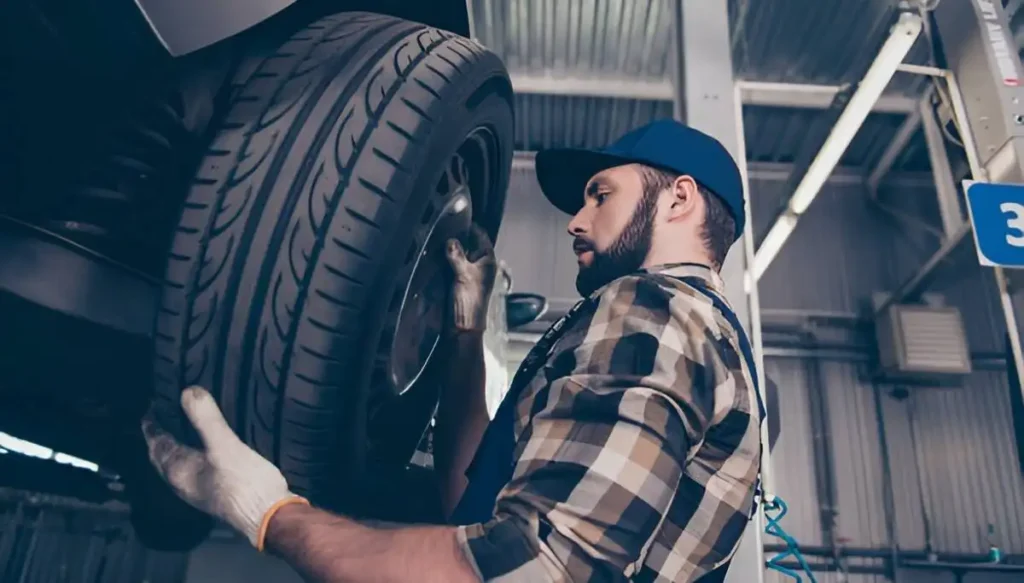
6. Professional Installation
Proper tire installation is crucial for preventing blowouts. Always have your tires installed by trained professionals. Ensure the tire size and type match your vehicle’s specifications. Incorrect tire size can lead to handling issues and increased blowout risk.
Have your wheels balanced when new tires are installed. This prevents uneven wear and vibration. Make sure the tire bead is properly seated on the wheel. An improperly seated bead can cause air loss and potential blowouts. Ask the technician to check your valve stems and replace them if necessary. Faulty valve stems can cause slow leaks.
After installation, have your alignment checked. Proper alignment ensures even tire wear. Consider having your tires rotated during installation to ensure even wear from the start.
7. Avoiding Overloading:
Overloading your vehicle puts extra stress on your tires, increasing the risk of a blowout. Stay within your vehicle’s weight limits. Check your vehicle’s maximum load capacity. This information is usually found in the owner’s manual or on a sticker inside the driver’s door frame.
Distribute weight evenly in your vehicle. Uneven loading can put extra stress on certain tires. Be cautious when towing. Ensure your vehicle and tires are rated for the weight you’re towing.
Consider upgrading to higher load capacity tires if you frequently carry heavy loads. Don’t forget to account for passenger weight when calculating your vehicle’s load. Adjust tire pressure when carrying heavy loads. Consult your vehicle manual for guidance.
Frequently Asked Questions
Tire blowouts can be dangerous and scary. Knowing the causes and how to handle them is important for safe driving. Here are some key things to know about tire blowouts.
What is the most common cause of tire blowouts?
Underinflation is a leading cause of tire blowouts. When tires don’t have enough air, the sides flex more and heat up. This weakens the tire over time.
How can you prevent tire blowouts while driving?
Check tire pressure monthly. Replace old or worn tires. Avoid overloading your vehicle. Drive carefully on damaged roads. These steps help prevent blowouts.
What should you do immediately after a tire blowout?
Stay calm. Grip the steering wheel firmly. Don’t brake hard. Gently take your foot off the gas. Slowly steer to the side of the road.
What kinds of damage can result from a tire blowout?
Tire blowouts can damage fenders, brake lines, and other car parts. They may cause loss of control, leading to crashes. The sudden loss of air can also damage the wheel.
Why might a tire blowout occur on the side of the tire specifically?
Side blowouts often happen due to curb impacts or potholes. Underinflation puts extra stress on tire sidewalls. Manufacturing defects can also cause sidewall failure.
How do you safely handle a tire blowout on the highway?
Keep a firm grip on the wheel. Don’t slam on the brakes. Gradually slow down. Turn on your hazard lights. Carefully move to the shoulder when safe.
